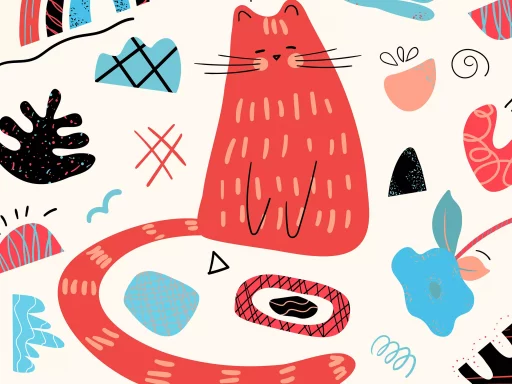Introduction to Tina Slang
Tina, a term that has gained traction in various social circles, is often associated with methamphetamine, particularly in LGBTQ+ communities. Originally emerging from the club scene, it has morphed into a slang term that carries both specific and broader connotations. Its rise in popular culture reflects not only the substance itself but also a complex web of social implications.
Origins of the Term
The slang term “Tina” is believed to have stemmed from the drug’s chemical name, methamphetamine. The use of nicknames for substances is common in various subcultures, often as a means to communicate discreetly about drug use. Tina symbolizes a particular kind of lifestyle, often linked with the nightlife, party culture, and, unfortunately, addiction.
Tina in Popular Culture
Tina has been referenced in countless songs, movies, and social media platforms, illustrating its deep-rooted presence in today’s culture. In the LGBTQ+ community, particularly among gay men, Tina has been both embraced and criticized, representing a duality of pleasure and peril.
Usage in Social Contexts
The usage of “Tina” is primarily found in the following contexts:
- Social Settings: Often used at parties or raves, it serves as shorthand among users.
- Communication: Individuals may refer to Tina as a way to discuss drug use without outright naming meth.
- Censorship: As a slang term, it can bypass censorship in discussions related to drugs.
Statistics and Trends
The visibility of Tina slang has grown rapidly over the last decade, especially with the increase in meth-related substance abuse cases. The National Institute on Drug Abuse reported that methamphetamine usage saw a frightening escalation, rising by over 400% from 2010 to 2020. This uptick was particularly pronounced in urban areas with significant nightlife scenes.
Case Studies: Tina in Different Communities
Understanding the impact of Tina requires examining specific communities:
- Club Culture: In nightlife hotspots, individuals often use Tina to enhance their experiences, boosting stamina for nights out. This has led to increased health risks, including overdose and mental health issues.
- LGBTQ+ Community: While Tina is prevalent in this community, many groups are actively combating its glamorization, pushing for awareness campaigns to educate about the dangers of meth use.
- Recovery Initiatives: Non-profits and recovery organizations are increasingly recognizing the need for support tailored to those affected by Tina use, aiming to provide resources and recovery pathways.
The Duality of Tina
Tina embodies a duality: the allure of fun and pleasure in social situations and the overwhelming potential for addiction and devastation. Many users report a cycle of euphoric highs followed by significant lows, leading to dependency. The understanding of Tina as a slang term goes beyond mere reference; it encapsulates a lifestyle fraught with both joy and danger.
Conclusion
The rise of Tina in contemporary slang underscores the need for awareness regarding substance abuse, particularly within vulnerable communities. While it carries connotations of excitement and nightlife, it is crucial to recognize the underlying challenges it represents. Education and open dialogue are pivotal in addressing the complexity surrounding Tina and its impact on society.






